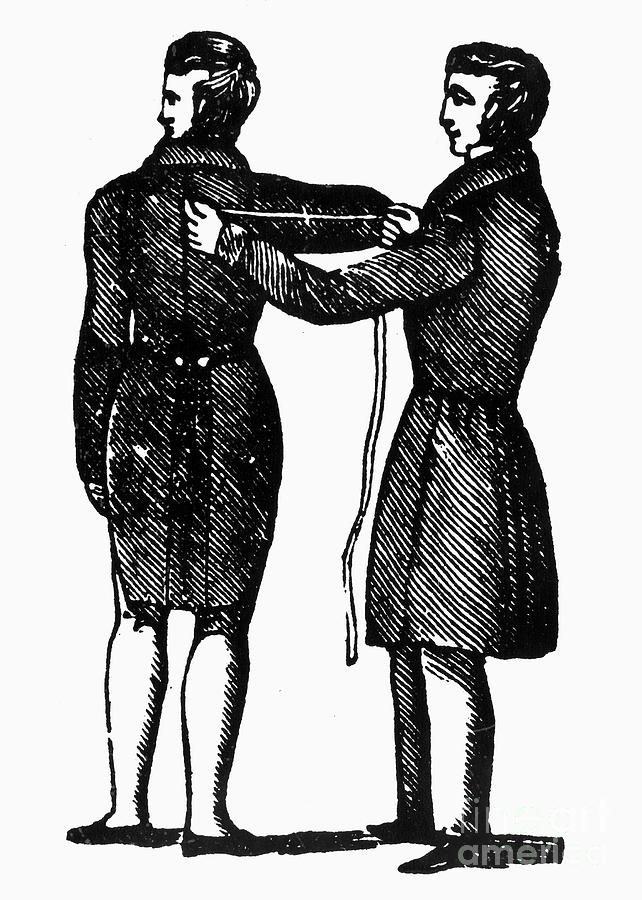Fashion between 1993-1994 experienced a trend that was known as ‘grunge fashion’. This fashion trend was sported by people who preferred a dark, monotonous look. It is the clothing and accessories associated with the grunge music genre which resulted from the 1980’s. This grunge trend consisted of flannel shirts, Dr. Martens and band t shirts – I know, some might say the grunge trend is making a comeback!!

After 1994, the grunge trend experienced a rapid decline. The demand for tailored clothing increased. For women, tailored suits and skirts with animal prints and bright colours were sought after. Satin, silk and sequence were the most common fabrics and embellishments seen in women’s’ ‘glamours attire’. Casual wear for women of the 1990’s was expressed through spaghetti strap crop tops, runners, tracksuits and jeans. Casual wear was accessorised with hoop earrings, jelly shoes, beaded wrist jewellery, embellished belts, scarves and bandanas.

Bomber jackets, V neck jumpers, denim jackets, tracksuit tops were prominent in mens causal wear in the 1990’s. Brands that grew in the 90’s included Converse, Abercrombie and Fitch, Gap, Tommy Hilfiger and Ralph Lauren.
Continuing from the 1980’s women’s hairstyles stayed big and curly. The most prominent hair accessory of the 1990’s was called a scrunchie. It’s function was to tie back some women’s elaborate hair cuts. Although big hair was trendy, influenced by Victoria Beckham and Jennifer Anisten, hair cuts known as ‘the bob’ and the ‘pixie cut’ were most common. Similar to the women, men’s hairstyles were also influenced by actors. George Clooney familiarised the men of the 90’s with the ‘Caesar cut’ . This was a short haircut with horizontally cut bangs.
It is evident to see some trends over the decades are still influencing the people of today. Fashion today has become more liberal and self expressive. Therefore people are more creative and interested in their individual styles making it more difficult to identify trends in the fashion of today that does not relate back to previous decades.
Image Sources:
http://www.90s411.com/grunge-fashion.html
http://www.90s411.com/90s-hair-accessories.html
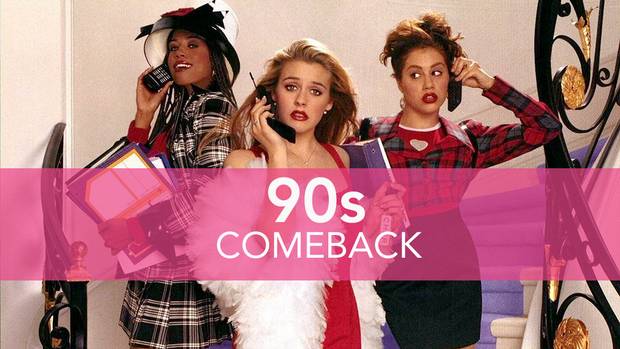




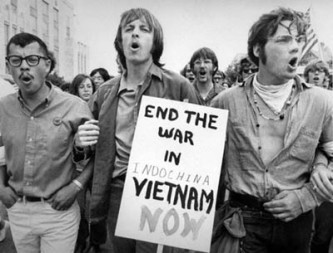
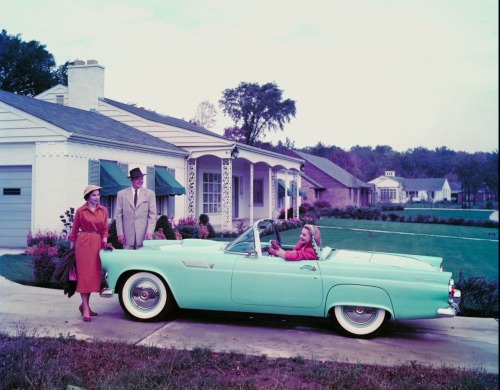
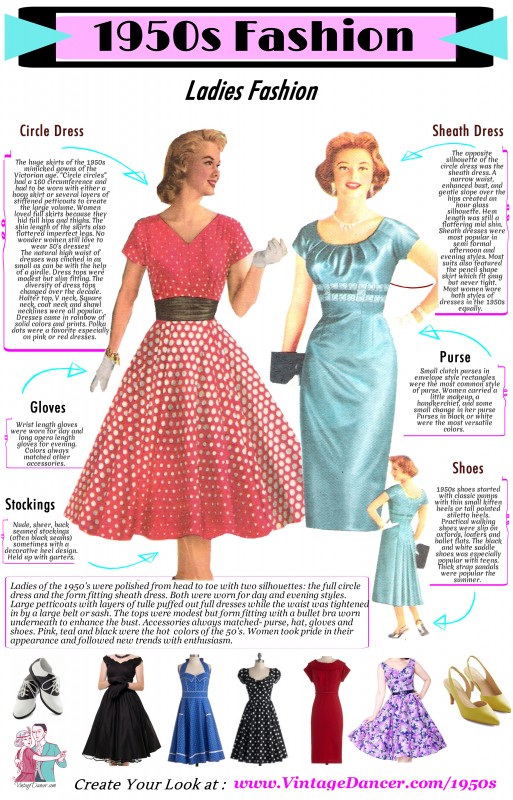
 Since returning from the War, a ‘military’ style for men was popular in men’s fashion in the fifties. Despite formal-wear being dismal, male casual wear was slightly more interesting in terms of both colour and style. Popular choices for casual wear were cardigans, shirts and vest sweaters. Cardigans and vests were popular because of their versatility. Similar to the women of this decade, men were not seen as being dressed for work without a hat. Straw hats and plaid shirts – ‘the cowboy look’ was favoured for weekend wear only.
Since returning from the War, a ‘military’ style for men was popular in men’s fashion in the fifties. Despite formal-wear being dismal, male casual wear was slightly more interesting in terms of both colour and style. Popular choices for casual wear were cardigans, shirts and vest sweaters. Cardigans and vests were popular because of their versatility. Similar to the women of this decade, men were not seen as being dressed for work without a hat. Straw hats and plaid shirts – ‘the cowboy look’ was favoured for weekend wear only.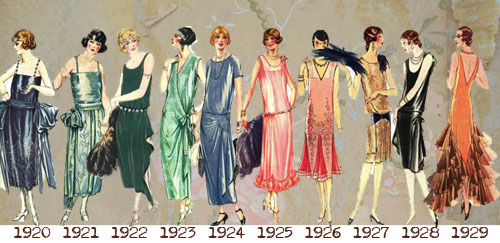
/2670013-56a48d4f5f9b58b7d0d78227.jpg)


